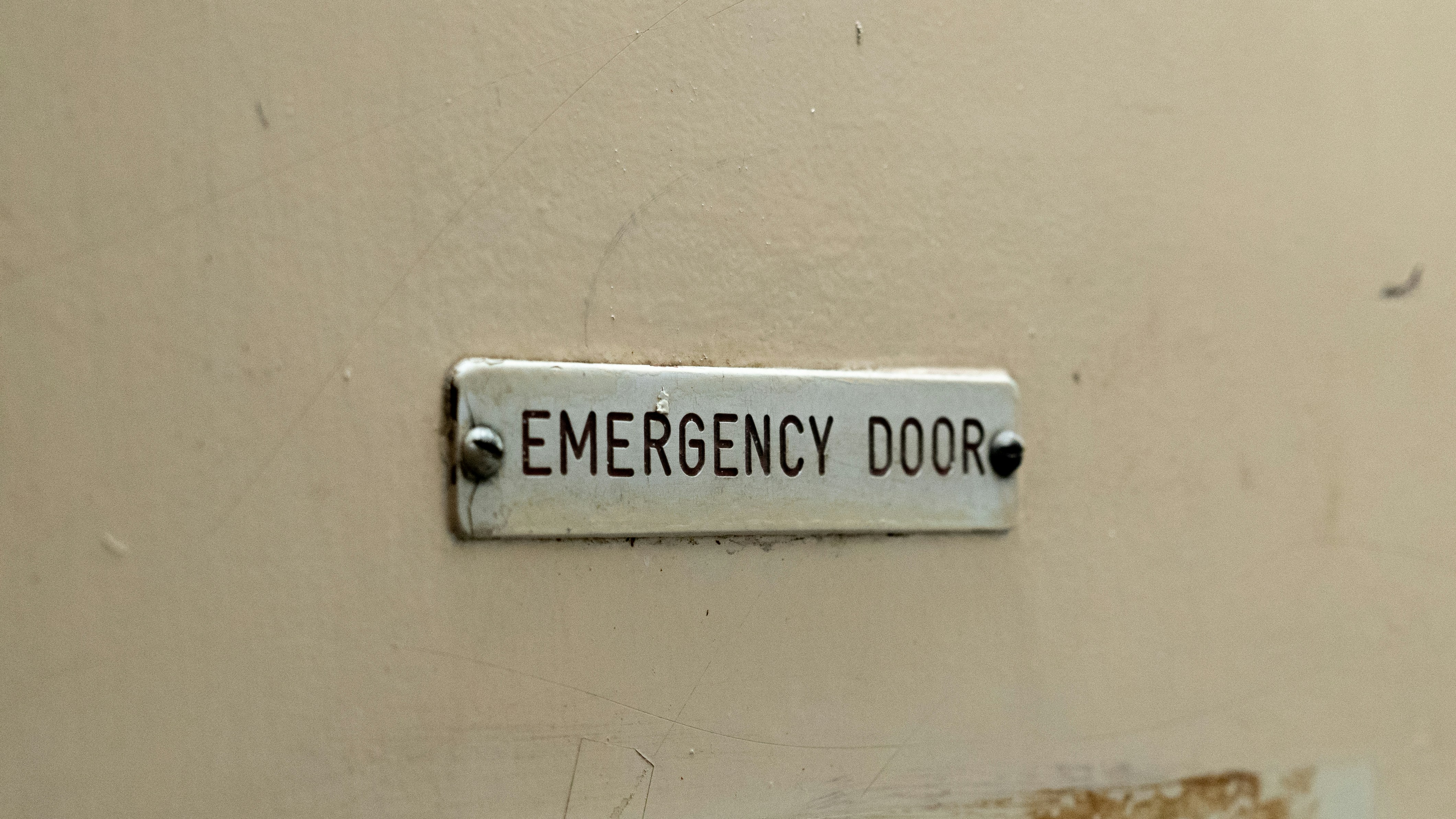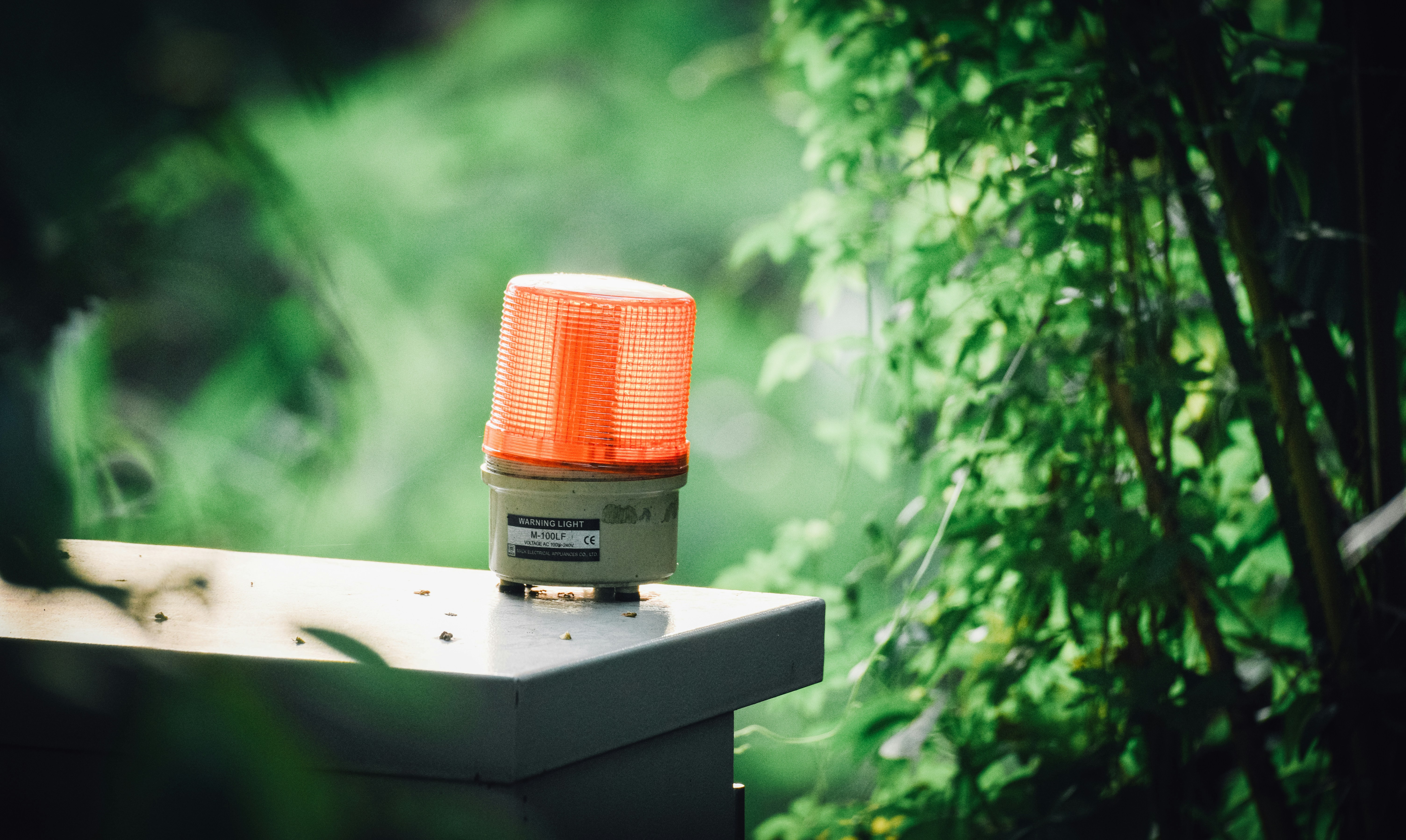In the midst of an emergency situation, knowing how to effectively signal for help could be the key to your survival. Whether you find yourself stranded in the wilderness or trapped in a dire circumstance, understanding the various methods of communication can make all the difference. From using universal distress signals to employing improvised tools, this article will guide you through the different ways you can signal for help when it matters most. So, next time you envision yourself in an emergency, you can face it with confidence, armed with the knowledge to make yourself seen and heard by potential rescuers.
Understanding the Basics of Emergency Signals
Importance of Emergency Signals
In any emergency situation, the ability to communicate and signal for help is of utmost importance. Emergency signals serve as a way to attract attention and alert others to your presence and need for assistance. Understanding the basics of emergency signals can potentially save lives in critical situations.
Different types of Emergency Signals
There are various types of emergency signals that you can utilize depending on your situation and available resources. These include using fire, hand signals, sound, light, electronic devices, signaling at sea, signaling in the wilderness, and creating visual signals. Each type has its own unique advantages and can be effective in different scenarios.
Using Fire as an Emergency Signal
Creating a Signal Fire
One of the oldest and most effective ways to signal for help is by creating a signal fire. To create a signal fire, gather dry and combustible materials such as branches, leaves, and grass. Build a pyramid-shaped structure with the firewood and ignite it. The large flames and smoke produced by the fire will attract the attention of nearby individuals or rescue teams.
Safety precautions while using fire
While using fire as an emergency signal, it is essential to take necessary safety precautions. Ensure that the fire is contained within a designated area, away from any flammable substances. Maintain a safe distance from the fire and never leave it unattended. Be aware of your surroundings and consider the risk of starting a wildfire, especially in dry or forested areas.
Understanding when to Use Fire Signals
Fire signals are most effective during the day or in low light conditions. The contrast between the flames and the surrounding environment makes them highly visible. However, fire signals may not be as effective during daylight hours or in areas with poor visibility due to smoke or fog. In such cases, alternative signaling methods should be considered.
Utilizing Hand Signals
The importance and use of Hand Signals
Hand signals are a universal form of non-verbal communication that can be effectively utilized in emergency situations. They provide a means of communication when verbal communication may not be possible due to distance, noise, or language barriers. Hand signals are especially useful in situations where discretion is necessary, such as hiding from potential threats.
Types of Hand Signals during Emergency
There are several commonly recognized hand signals for emergency situations. For example, raising one hand with open palm can signal a desire to stop or attract attention. Pointing in a specific direction can indicate the presence of a hazard or the location of a needed resource. It is important to familiarize yourself with these hand signals to effectively communicate in emergency situations.
Utilizing Sound as a Signal
Using Whistles as a signal
Whistles are compact and efficient signaling devices that can be easily carried in emergency kits or attached to personal belongings. Blowing a whistle in short bursts can help attract attention from a distance. The sound of a whistle carries well in outdoor environments and can be heard over other ambient noises. It is advisable to carry a whistle with you when engaging in outdoor activities or traveling in remote areas.
Creating Noise to attract Attention
In situations where a whistle is not available, creating noise by shouting or banging on objects can also serve as an effective signal for help. Consistently and rhythmically tapping on a solid surface, such as a tree trunk or metal object, can carry the sound over long distances. However, it is important to conserve energy and avoid excessive noise if you suspect that there are potential threats nearby.
Importance of Sound Signals
Sound signals are particularly useful when visibility is low or when you need to alert others in the vicinity without drawing attention to yourself. They are effective in dense forests, areas with heavy rainfall, or during nighttime when visual signals may not be as effective. Sound signals can penetrate obstacles and attract attention, increasing the likelihood of rescue or assistance.
Utilizing Light as a Signal
Using Flashlights for signaling
Flashlights are practical signaling devices, especially during nighttime or in dark environments. By repeatedly turning the flashlight on and off, you can create an attention-grabbing signal. The focused and concentrated beam of light allows for better visibility and can be seen from a considerable distance. It is recommended to carry a reliable and waterproof flashlight in your emergency kit.
Use of Flares
Flares are pyrotechnic devices that emit a bright and colorful light when ignited. They are commonly used in maritime emergencies but can also be effective in land-based situations. In distress situations, igniting a flare and holding it above your head can attract the attention of potential rescuers, especially at night or in remote areas. However, it is crucial to follow proper safety procedures when handling flares to prevent accidents or injury.
Reflective Surfaces as emergency Signal
Reflective surfaces, such as mirrors or metallic objects, can be used to create a flashing signal by reflecting sunlight. This method is particularly effective during daylight hours when the sun is high in the sky. By angling the reflective surface towards the intended recipient, you can create a flash of light that stands out against the surroundings, increasing the chances of your signal being noticed.
Use of Electronic Devices
Using Mobile Phones
Mobile phones are invaluable tools in emergency situations, providing the ability to directly contact emergency services or communicate with rescue teams. Ensure that your phone is fully charged and accessible at all times. In remote areas without cellular coverage, consider carrying a satellite phone or a personal locator beacon (PLB) that can send distress signals to rescue authorities.
Radio Signals as emergency indicators
Portable radios with two-way communication capabilities can be used to transmit distress signals and communicate with emergency responders. They are especially useful in situations where cellular coverage is unavailable or unreliable. Radios can also provide critical updates and information during emergencies, helping you stay informed and connected when communication infrastructure is disrupted.
Satellite Phones for emergency help
Satellite phones are indispensable in remote or isolated areas where traditional communication methods are unavailable. These devices utilize satellites to establish a connection, ensuring that you can reach out for emergency help regardless of your location. Satellite phones are highly recommended for individuals who frequently engage in outdoor activities, such as hiking or boating, in areas with limited or no cellular coverage.
Signaling for Help at Sea
Use of Flares and Lights at Sea
Flares and lights are essential signaling tools when in distress at sea. Maritime distress flares are specifically designed to be highly visible from long distances. They emit intense light that can be seen by search and rescue teams or passing vessels. Additionally, using onboard lights to create a pattern or Morse code signal can also increase your chances of being located and rescued.
SOS Signals at Sea
The SOS signal is an international distress signal commonly used at sea. It consists of three short signals, followed by three long signals, and finally, three short signals again. This distinctive pattern can be transmitted using sound, light, or even hand signals. The SOS signal has been universally recognized as a call for help and should only be used in emergency situations.
Understanding Maritime Distress Signals
Maritime distress signals, such as flags, smoke signals, or distress rockets, are standardized and widely recognized by seafarers and rescue authorities. Familiarize yourself with these signals before embarking on any maritime activities, ensuring that you can effectively communicate your distress and increase your chances of being rescued in a timely manner.
Signaling for Help in the Wilderness
Creating Ground Signals
Ground signals involve creating visible markings or patterns on the ground to attract the attention of search and rescue teams from the air or ground. These signals can be made using rocks, logs, or even natural materials found in the environment. Common ground signals include large “X” shapes or arrows pointing towards your location. It is important to position ground signals in clearings or open areas where they can be easily spotted.
Using Tree or Rock formations
In wilderness areas with dense vegetation, using tree or rock formations can help create visible signals. By manipulating branches or moving rocks to create distinctive shapes or patterns, you can signal your presence to potential rescuers. These signals are particularly effective when viewed from aerial search and rescue operations.
Training in Wilderness Survival Signals
Before embarking on any wilderness adventure, it is essential to undergo training in wilderness survival signals. Learning how to effectively use natural resources to create signals, as well as understanding different distress symbols or signs, will greatly increase your chances of being located and rescued in remote or challenging environments.
Creating Visual Signals
Using Flags or Banners
Flags or banners provide a highly visible means of signaling for help, especially when viewed from a distance. Using brightly colored fabric or materials, you can create large flags or banners with distress symbols or messages. Raise them high on poles or attach them to prominent structures in the area to increase their visibility.
Drawing or Writing in the Sand
In beach or desert environments, drawing or writing symbols or messages in the sand can effectively attract attention. Utilize large and distinctive letters or symbols that can be easily seen from the air or ground. However, be mindful of potential tidal movements or weather conditions that may wash away or obscure the markings.
Using Mirror Reflections for visual signal
Mirrors or reflective surfaces can be used to create a visual signal during daylight hours. By positioning the mirror towards the intended recipient, reflect sunlight onto them using a sweeping motion. This flash of light will stand out and attract attention, increasing the chances of your signal being noticed.
Being Prepared for an Emergency
Training in Basic Signals
To be prepared for emergency situations, it is crucial to undergo training in basic signaling techniques. Familiarize yourself with different signaling methods, practice using signaling devices, and learn different distress signals. Regular training will enhance your confidence and proficiency in signaling for help when the need arises.
Being Aware of your Surroundings
Maintaining situational awareness is key to effectively signaling for help during an emergency. Stay vigilant and observe your surroundings for potential signaling opportunities. Look for natural or man-made landmarks that can aid in creating visible signals. Being aware of potential risks and obstacles will also help you choose the most suitable signaling method.
Keeping Composure in an Emergency
Remaining calm and composed during an emergency is paramount. Panicking can hamper your ability to think clearly and make sound decisions. Take a moment to assess the situation and prioritize your actions. By staying focused and composed, you will be better equipped to utilize emergency signals and increase your chances of a successful rescue.
In conclusion, understanding the basics of emergency signals is crucial for anyone wanting to be prepared for unforeseen situations. By utilizing various signaling methods such as fire, hand signals, sound, light, electronic devices, visual signals, and knowing how to signal for help in specific scenarios like at sea or in the wilderness, you can significantly increase your chances of being located and rescued. Remember to train in basic signals, remain aware of your surroundings, and keep a composed mindset during emergencies. Your ability to communicate effectively in a crisis can make all the difference in ensuring your safety and well-being.



